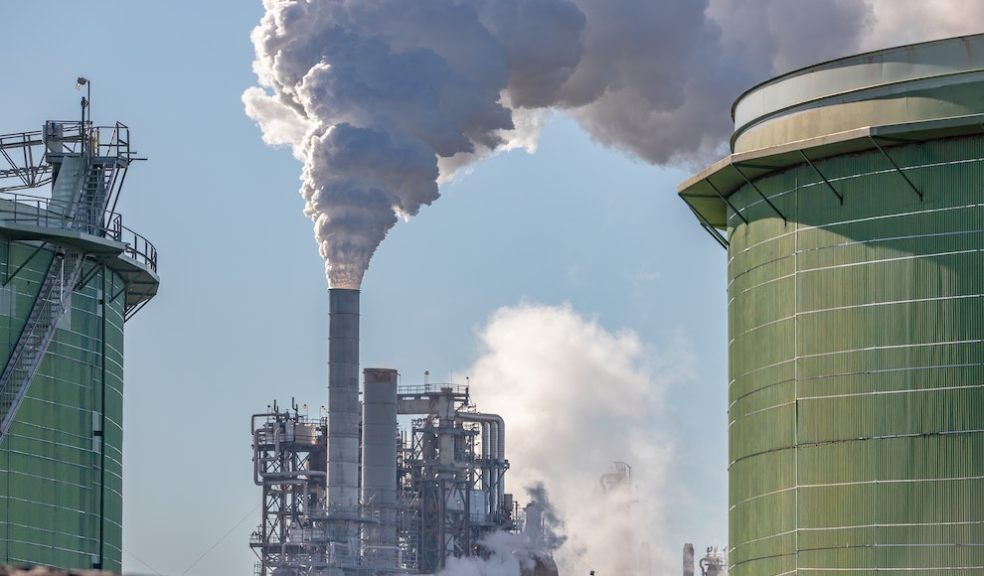
5 Ways Commercial Activity Impacts the Environment
There is no denying that industrial and commercial activity is integral to modern society. Manufacturing and production processes are crucial in shaping the world’s economy and lifestyle. However, the impact of these activities on the environment cannot be overlooked. Businesses continue to grow, and global trade becomes increasingly interconnected. It is imperative to examine the aspects of commercial activity that have the most significant impact on the environment. That is what this article will discuss in detail.
Regulating Commercial Activity Impacts on the Earth
Examining how commerce affects the environment is essential because it is the first step to making changes. Governmental policies are needed to encourage that change, but they are ineffective if they do not target the right factors.
Auditing Sustainable Standards
Left to themselves, businesses may engage in greenwashing their activities. To combat this, governments sign regulations that target recording and reporting sustainability efforts. An example of this is the EU’s Sustainable Finance Disclosure Regulation, which is designed to enforce transparency. Learn about the role and requirements of SFDR via this link.
Commercial Activities Doing the Most Damage
Various aspects of commercial and industrial activity use natural resources, emit greenhouse gases, and more. Here are some of them:
Transportation
When transportation is cited as a cause of pollution, many people think of road vehicles and trucking. Of course, they are part of the problem. However, the most significant contribution to emissions from transport comes from the world’s shipping industry. Logistics companies employ enormous carriers that have a profound environmental impact. Cargo ships emit vast amounts of sulfur dioxide, which contributes to air pollution but also leads to acid rain.
The aviation industry enables rapid global connectivity. However, it significantly contributes to carbon dioxide emissions, exacerbating climate change. The emissions from ships, airplanes, trucks, and trains cause harm to ecosystems and human health. The carbon footprint of these transportation methods underscores the need for more sustainable alternatives.
Energy Usage
The second aspect of commercial activity that impacts the environment the most is energy consumption. Industries and factories require substantial energy for manufacturing, processing, and operation. The issue is that fossil fuels are the most viable energy source; they are cheap, and the infrastructure to use them is well-established.
Fossil fuels create copious amounts of greenhouse gases and pollutants when they are used. They contribute to global warming, air pollution, and health issues. This adds to the fact that these energy sources are unsustainable, as the reserves of all fossil fuels are finite. Transitioning to renewable energy sources such as solar, wind, and hydroelectric power has been going on for years. Making the change will significantly reduce the environmental footprint of commercial operations.
Manufacturing Processes
These are the core processes in commercial activity. Other processes, like the extraction of raw materials and transportation, are all supporting acts. Chasing the profit margin creates unsustainable systems of manufacturing, disregarding environmental impact.
For instance, fast fashion has gained prominence due to its rapid production and consumption cycles. However, the rapid use and disposal have detrimental effects on the ecosystem. To address this, sustainable production methods and circular economy practices should be embraced by businesses.
Waste Management and Disposal
Commercial waste differs slightly from emissions, although they are both by-products of manufacturing. Waste generation contributes to habitat destruction and pollution. The majority of industries produce non-biodegradable waste, which poisons the environment. Recycling only goes so far, but more viable solutions improve the overall quality of the product. Reducing waste starts with implementing more efficient production methods. An integral part of this process is to match your waste requirements with the right skip size, ensuring that the disposal method is as environmentally friendly as the production. By accurately matching waste output with the appropriate skip size, companies can minimize their environmental impact and promote sustainable waste management practices.
Agriculture and Food Production
In the US state of Texas, most water usage is for agriculture. In fact, farming uses more water than all other human activities combined. This shows how mechanized agriculture is another critical activity that impacts the environment. Large-scale monoculture farming practices often lead to soil degradation and deforestation. Especially harmful to ecosystems is the excessive use of pesticides and fertilizers. These chemicals can leach into water bodies, causing water pollution and affecting aquatic life.
The agricultural sector accounts for a significant portion of greenhouse gas emissions. From livestock production, cows alone contribute much of the global methane emissions. Promoting sustainable farming practices is not easy due to costs and infrastructure still in the early stages of development. Still, agroforestry, organic pesticides, and other healthy routines can help mitigate these adverse effects.
Proffering Solutions to the Issues at Hand
One step in combating how commercial activity affects the environment has already been mentioned. However, government policy is not enough to reduce, stop, and eventually undo the damage caused. Companies are now under increasing pressure to adopt environmentally friendly practices. These include reduced carbon footprints, better waste management, and support for social causes.
Making an effort to incorporate environmentally friendly practices into operations is too important to be ignored. People are becoming more conscious of their purchasing decisions, favoring companies committed to sustainability. This shift in consumer behavior does more to encourage businesses than regulations. Companies must take proactive steps to minimize the harm done and work towards a more sustainable future.














